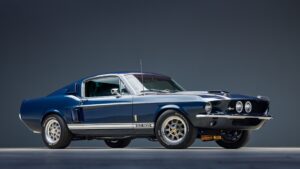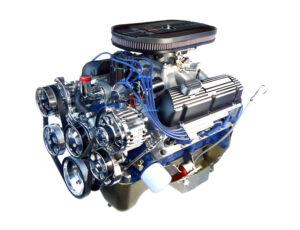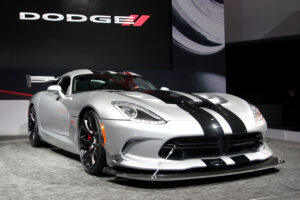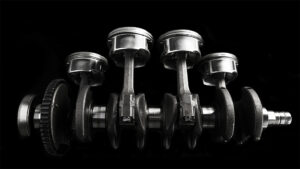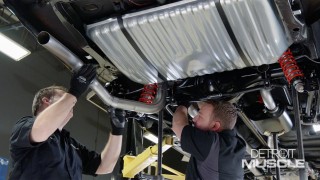Why Did American Motors Corporation Go Out of Business?
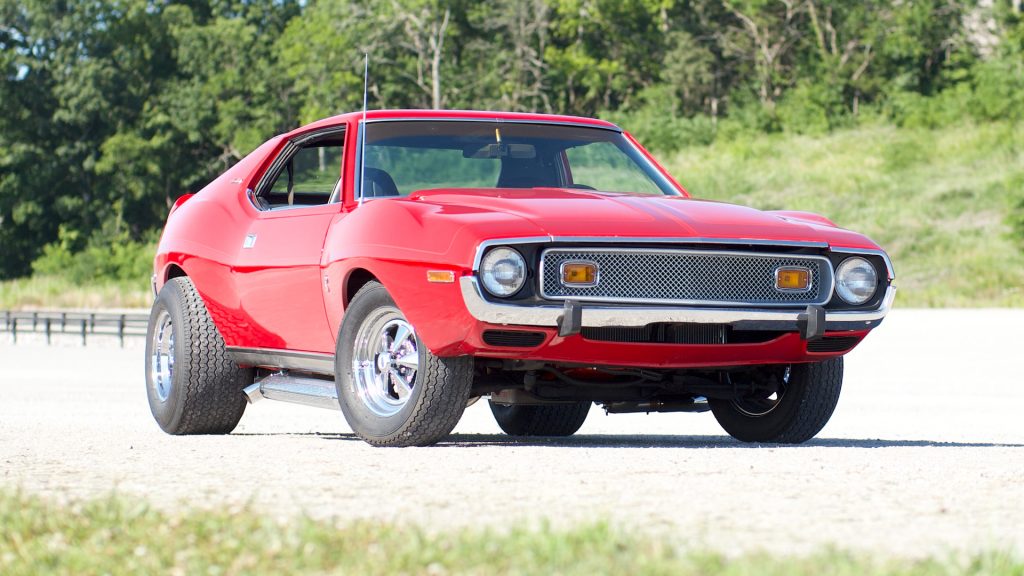
American Motor Corporation was a solid auto manufacturer that was formed in 1954. Best known for their Javelin, they produced several popular cars that made an impact on the generation. Despite what they accomplished over a 33-year run, AMC was absorbed into Chrysler by 1987 and changed its name to the Jeep-Eagle Division. While the spirit of AMC may live on today, it begs the question – why did AMC lose its grounding?
The Start of American Motors Corporation
American Motor Corporations came to be as a result of a merger of Hudson Motors and Nash-Kelvinator on May 1st, 1954, which was, at the time, the most substantial corporate merger of all time. It was worth a staggering $197,793,366 but was only the first phase of a planned megamerger between Hudson, Nash, Studebaker, and Packard.
When combined, the company would cover all segments of the market. Due to the sheer size and ability to share engineering secrets, the company was set up to be a behemoth. The name “American Motors” stemmed from George Mason, owner of the company Nash. He started working on the plan after World War II.
The primary objective of the merger was to compete against the Big Three in the American market, which proved to be a tall task. Despite the massive merger and budding success, AMC was riddled with a poor reputation. They needed something fresh and hip to get rid of its image of “economical cars” as they were slowly losing the battle for America’s youngest car buyers. Fortunately, they had an answer.
The AMC Javelin
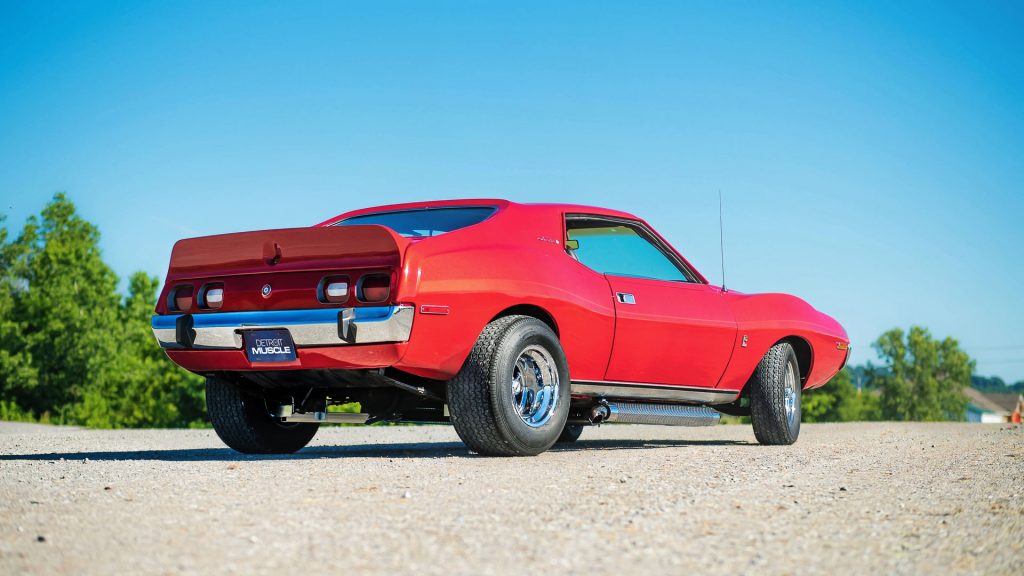
At that time, the Big Three was dominating the market, and during the rise of AMC, they knew they couldn’t beat a company like Ford, so their goal was to at least cut into the market, which would be difficult after hundreds of thousands of Mustang‘s sold. So, how could they do something like that with an image like theirs? The AMC Javelin – and it all started with investor Robert Beverly Evans, who felt AMC was undervalued and needed fresh energy.
Evans was concerned about their image and wanted to compete in the pony market. The AMC Javelin debuted in 1968 to attract those younger buyers and steal some of the market shares from Ford. The Javelin was marketed as a roomier and more comfortable pony car than its rivals. It boasted various safety innovations, including safety padding, fiberglass, three-point seat belts, headrests, and an interior to reduce glare.
In its first year, the Javelin made a substantial impact by finishing third in the Trans-Am series, originally known as the Trans-American Sedan Championship. Beverly’s vision was a hit, but the Javelin was short-lived and discontinued in 1974, despite its charm that lives on today.
Well, what happened? The ’70s were a new era, and consumers sought something different. As fuel costs soared and a recession was on the horizon, purchasing a car like the Javelin, which was a notorious gas guzzler, wasn’t ideal. It caused the pony market to dry up. Manufacturers pulled out of the Trans-Am series, and consumers moved toward more economical vehicles. It was also the beginning of the end for AMC as a brand.
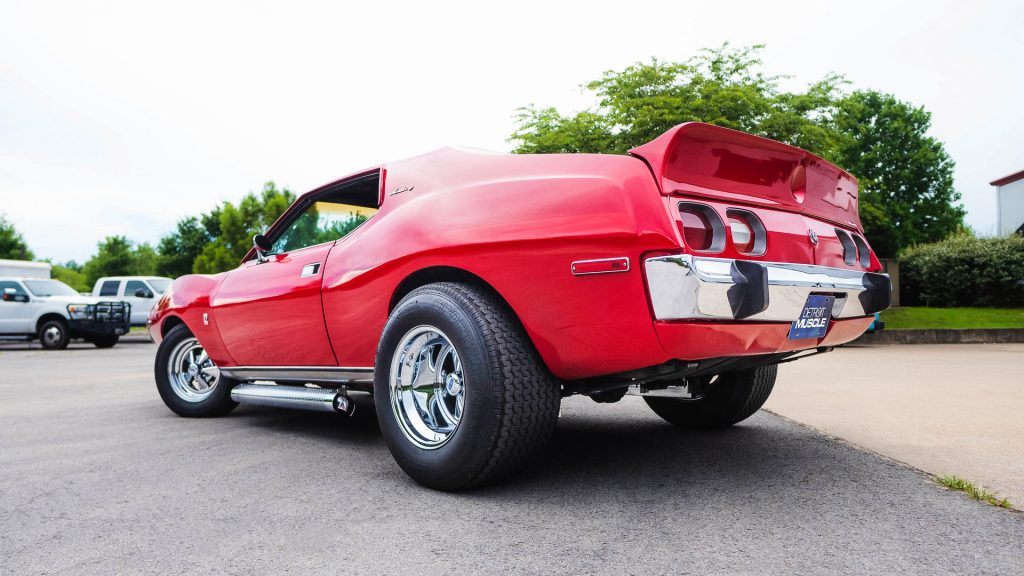
The Beginning of the End For AMC
In the end, AMC lost its battle to the Big Three. In the 60s and 70s during the horsepower wars, AMC was able to create a muscle car to compete with the Mustang, which was incredibly impressive, considering the Mustang was the most successful new car ever introduced to the American public. Despite its wild success and ability to rebrand its shaky image, it was short-lived.
When the Arab oil embargo hit in 1973, there was no way that AMC could recoup its losses. During that period, AMC followed the Big Three’s lead and started an EV program that used the first lithium-based battery, but they couldn’t afford this research and development.
Their goal at that point was to compete with the newly-founded compact segment, and the AMC Pacer was unveiled in 1975. Out of sheer necessity and a lack of money to develop a new engine, AMC debuted their inefficient straight-six for the Pacer. Unfortunately, the car didn’t share any components with other models, leading to expensive production. AMC lost $74 million from 1978 to 1979, forcing them to accept the lifejacket offered by Renault and partnering up.
The Renault Merger Was The End of AMC
After they partnered with Renault, AMC launched the Eagle, which is considered as one of the first true cross-over SUVs. However, Renault ignored the Eagle to focus on building the compact Alliance, which is where it all went downhill and doomed the brand. At that time, Renault was partially owned and operated by the French government, another nail in the coffin.
AMC was forced to sell off its successful AM General division because of this partnership. AM was responsible for the development of military vehicles and transit buses, but U.S. policy clearly stated that foreign governments could not have their hand in U.S. government manufacturing.
In 1985, George Beese was hired as the CEO of Renault. He fired 21 thousand Renault employees and closed two French plants. In a last-ditch effort to save AMC, he managed to make the brand profitable again with these cost-cutting measures but was assassinated in November 1986. This was followed with AMC’s sale to Chrysler.
With all of the cars the brand produced, they never managed to get a footing in the industry. AMC was always a step behind. When they’d build a great car, trends shifted, and they never had enough money for research and development to pivot and stay relevant, leading to their demise.
Fast forward to today, one car they built, the Javelin, remains its Hall of Fame vehicle, a potent pony car with three Trans-Am championships to its credit. The Javelin cemented AMC’s legacy, which continues today with car builders putting their take on a classic.
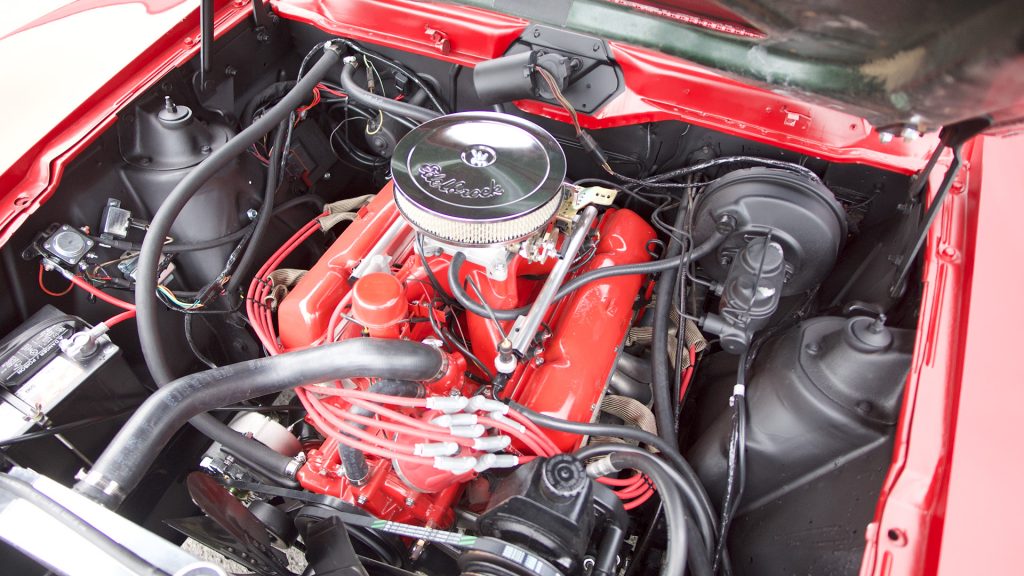
Want to read more articles like this?
Join the PowerNation Email NewsletterRead More from PowerNation
- Chapters
- descriptions off, selected
- captions off, selected
This is a modal window.
